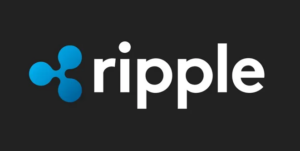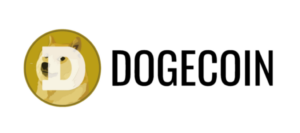Ethereum Blob Usage Surges with Growing Adoption of Layer 2 Solutions

Ethereum recently experienced a significant increase in blob usage, indicating a growing trend of users adopting layer-2 scaling solutions for faster and more cost-effective transactions. The number of blobs, or binary large objects, posted to Ethereum has been consistently high this month, matching the record activity seen in March.
This surge in blob usage can be attributed to the Dencun upgrade, which was implemented earlier this year. This upgrade allows layer-2 solutions to bundle transactions efficiently and post them to Ethereum without congesting the mainnet. Think of blobs as a consolidated box filled with letters, where users pay for the entire box instead of individual letters, similar to call data.
The spike in blob usage points to the increased adoption of layer-2 protocols such as BASE, Arbitrum, and Optimism. These protocols utilize blobs to bundle transactions off-chain before posting them to the Ethereum main chain for verification.
While blobs provide a solution for faster and more affordable transactions, they come with a cost in the form of blob fees paid in Ethereum’s native token, ether. These fees are burned, reducing the circulating supply of the cryptocurrency. Despite concerns that layer-2 protocols may be detrimental to the mainchain, the data suggests that blob fees have historically been low, with recent price discovery indicating increased demand for blobspace.
In the past week alone, over 166 ETH worth $560,000 has been burned in blob fees, leading to a ninth-largest burn of ether. This spike in fees, reaching as high as $80 on Monday, reflects the growing demand for blobspace on the L1. The data indicates a potential outperformance of ether in the future, as the second-largest cryptocurrency by market value continues to show resilience in the market.




